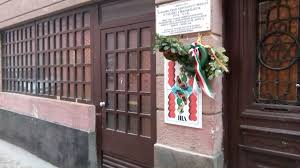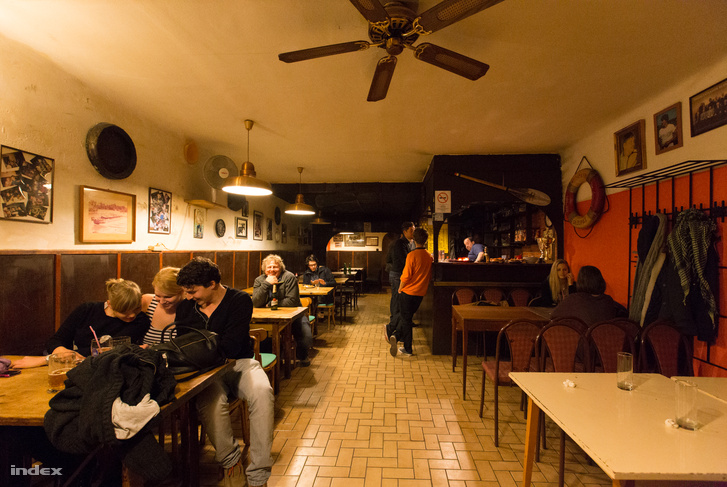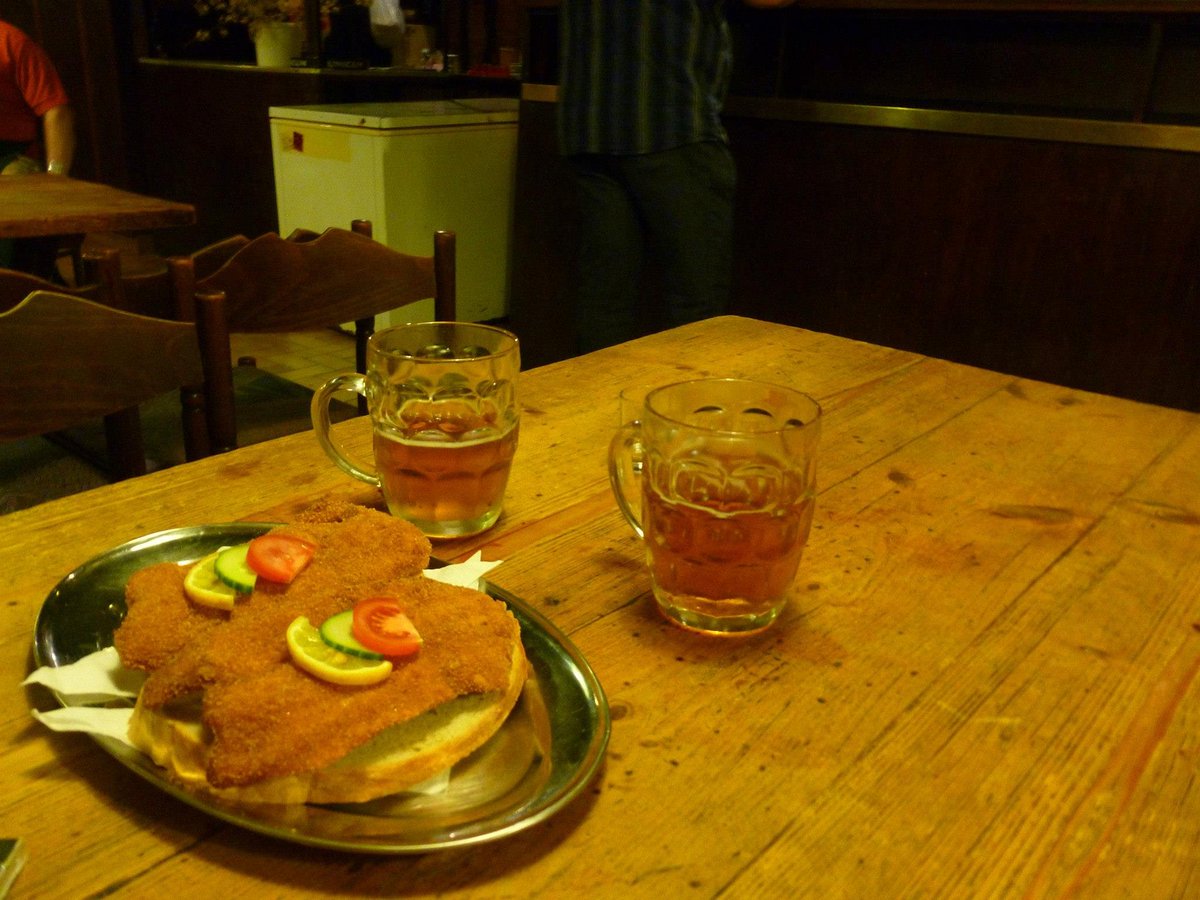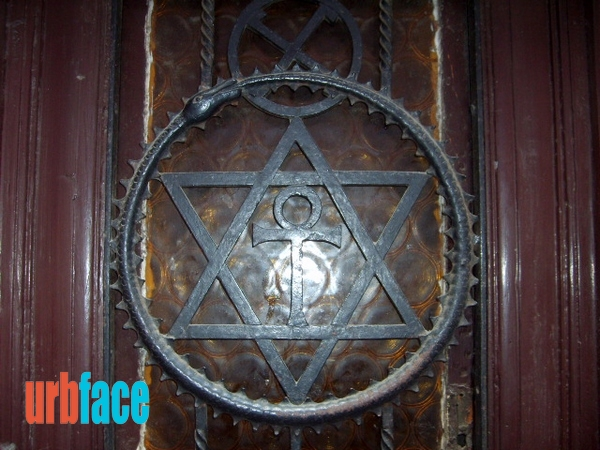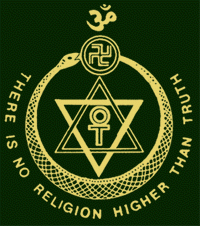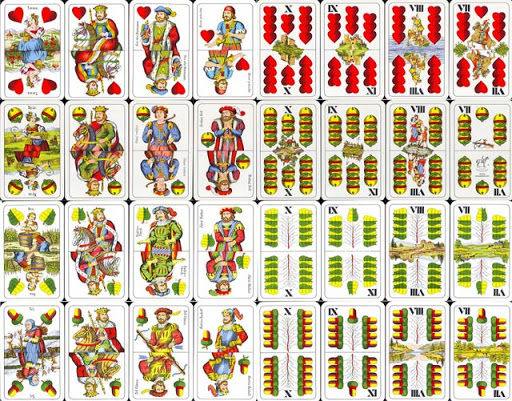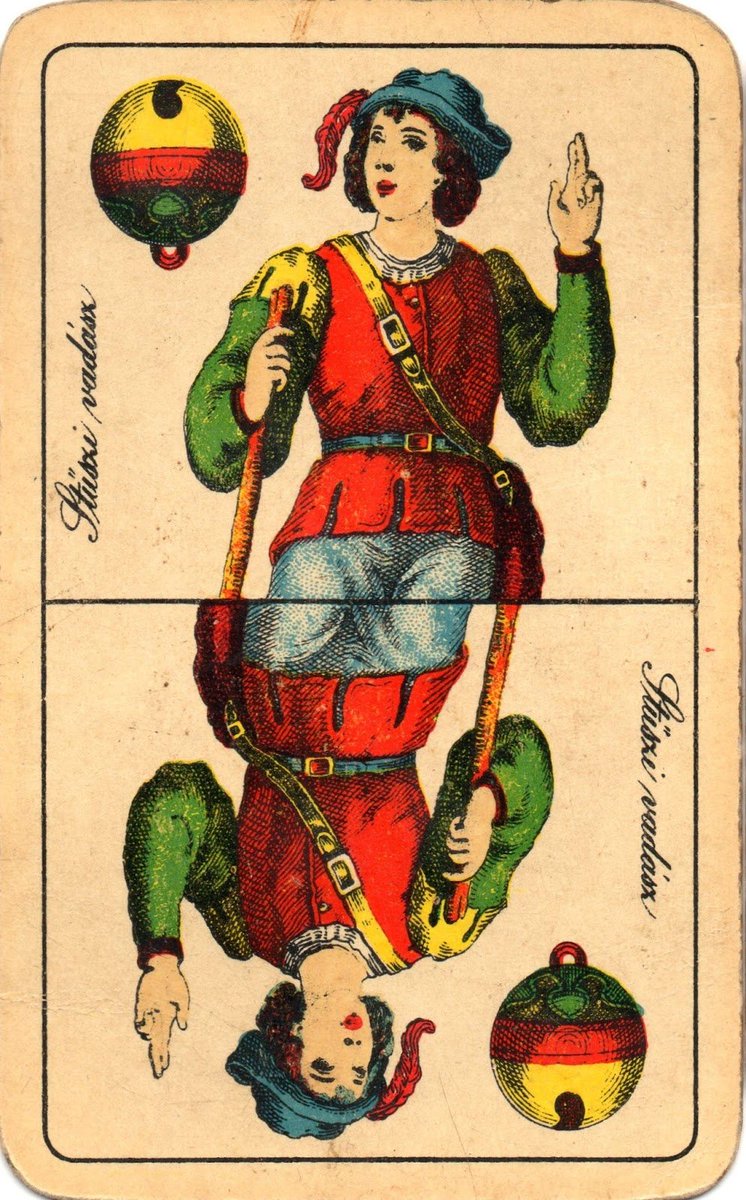Mini Hungarian language lesson: house of cards
A historic house being demolished to make way for yet another hotel is an everyday occurrence in downtown Budapest.
But today's news about the demise of the house that used to host the pub called "The Wichmann" is sadder than most.
A historic house being demolished to make way for yet another hotel is an everyday occurrence in downtown Budapest.
But today's news about the demise of the house that used to host the pub called "The Wichmann" is sadder than most.
The pub itself was owned and operated by nine-times canoe world champion Tamás Wichmann. With its stripped-down interior, welcoming atmosphere and legendary schnitzel sandwiches it was a unique place we kept returning to in the noughties.
It was an anachronism, a place that shouldn't exist, it felt like we were stuck in the 1980s but in an absolutely positive sense.
Then in 2018 it was announced the pub will be sold; Wichmann was 70 at the time and said he was just tired and old. He died less than two years later
Then in 2018 it was announced the pub will be sold; Wichmann was 70 at the time and said he was just tired and old. He died less than two years later
But the demolition of the house erases a lot more than just the memory of a legendary pub.
Take a look at this gate ornament for example. If your first reaction is WTF?, I'm not blaming you.
Take a look at this gate ornament for example. If your first reaction is WTF?, I'm not blaming you.
But that isn't a Star of David there and as for the swastika, it was yet to become a symbol of terror when this door was made. (The ankh is an ankh at least.)
For this house used to be the home of the Theosophical Society of Hungary in the first half of the 20th century.
For this house used to be the home of the Theosophical Society of Hungary in the first half of the 20th century.
Well, after it had ceased to be an upmarket brothel, that is.
It reportedly stood out from the neighbouring upmarket brothels by dint of the women working there taking a bath not once but twice a week.
It reportedly stood out from the neighbouring upmarket brothels by dint of the women working there taking a bath not once but twice a week.
Not only that, but according to the inestimable Falanszter Blog ( https://falanszter.blog.hu ), whose article a lot of this thread is based on, they also pioneered the "landing strip", ironically before powered flight.
But not all innovations in this house were of a pubic nature.
But not all innovations in this house were of a pubic nature.
Going even further back, to the 1830s, the house was where "magyar kártya" ("Hungarian playing cards") was invented.
Of course no-one else outside of Hungary calls it that, it's called Swiss/Tell or Seasons Pattern, or Doppeldeutsche in German.
Of course no-one else outside of Hungary calls it that, it's called Swiss/Tell or Seasons Pattern, or Doppeldeutsche in German.
Of course various forms of this German style of cards had existed for centuries but the innovation was the mirrored pictures, and to put various figures from the Swiss legend of William Tell on the face cards.
As you can also see, this is a picquet pack with only 32 cards.
As you can also see, this is a picquet pack with only 32 cards.
But hang on, why would a Magyar inventor put Swiss national heroes on the cards in the first place?
In 1836 censorship was pretty strict, so Hungarian heroes would've been right out. But the story of William Tell is still a nod to the struggle and liberation from the Habsburgs.
In 1836 censorship was pretty strict, so Hungarian heroes would've been right out. But the story of William Tell is still a nod to the struggle and liberation from the Habsburgs.
The suits are different too from the French cards used globally: they're called Hearts ("piros" = red), Bells ("tök" = pumpkin), Acorns ("makk") and Leaves ("zöld" = green).
And instead of Jacks and Queens we have Alsó ("lower") and Felső ("upper"), or archaically "filkó".
And instead of Jacks and Queens we have Alsó ("lower") and Felső ("upper"), or archaically "filkó".
This latter word is observable in the compound "tökfilkó", referring to the "upper of bells" card, but actually meaning "dolt" or "nitwit".
I don't know if Stüssi was particularly dim in the original story but there we are.
I don't know if Stüssi was particularly dim in the original story but there we are.
So this is what we're about to lose.
But hey, we'll have a nice hotel instead. Much needed I'm sure, given the immense amount of tourism that's gone on in the last year or so.
But hey, we'll have a nice hotel instead. Much needed I'm sure, given the immense amount of tourism that's gone on in the last year or so.
P.s. and yes, I know that officially it's "an historic", but I refuse to play along with that kind of nonsense.

 Read on Twitter
Read on Twitter